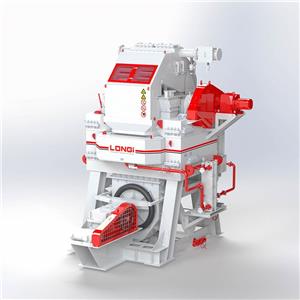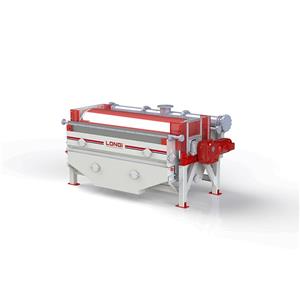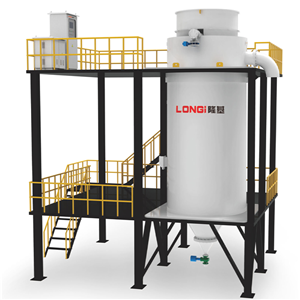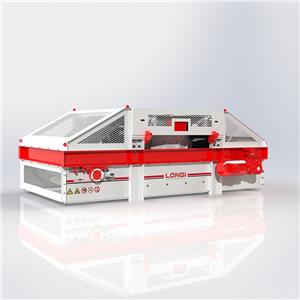Magnetic separation history
History
Michael Faraday discovered that when a substance is put in a magnetic environment, the intensity of the environment is modified by it. With this information, he discovered that different materials can be separated with their magnetic properties. The table below shows the common ferromagnetic and paramagnetic minerals as well as the field intensity that is required in order to separate 𝚝𝚑𝚎 minerals.
Common Ferromagnetic and Paramagnetic Minerals
Mineral Formula Field Strength (kG)
Ferromagnetic Magnetite {\displaystyle {\ce {Fe3O4}}}{\displaystyle {\ce {Fe3O4}}} 1
Pyrrhotite {\displaystyle {\ce {Fe7S8}}}{\displaystyle {\ce {Fe7S8}}} 0.5 - 4
Paramagnetic Ilmenite {\displaystyle {\ce {FeTiO3}}}{\displaystyle {\ce {FeTiO3}}} 8 - 16
Siderite {\displaystyle {\ce {FeCO3}}}{\displaystyle {\ce {FeCO3}}} 9 - 18
Chromite {\displaystyle {\ce {FeCr2O4}}}{\displaystyle {\ce {FeCr2O4}}} 10 - 16
Hematite {\displaystyle {\ce {Fe2O3}}}{\displaystyle {\ce {Fe2O3}}} 12 - 18
Wolframite {\displaystyle {\ce {(Fe,Mn)WO4}}}{\displaystyle {\ce {(Fe,Mn)WO4}}} 12 - 18
Tourmaline 16 - 20
In the 1860s, magnetic separation started to become commercialized. It was used to separate iron from brass. After the 1880s, ferromagnetic materials started to be magnetically separated. In the 1900s, high intensity magnetic separation was inaugurated which allowed the separation of pragmatic materials. After the Second World War, systems that were the most common were electromagnets. The technique was used in scrap yards. Magnetic separation was developed again in the late 1970s with new technologies being inaugurated. The new forms of magnetic separation included magnetic pulleys, overhead magnets and magnetic drums.
In mines where wolframite was mixed with cassiterite, such as South Crofty and East Pool mine in Cornwall or with bismuth such as at the Shepherd and Murphy mine in Moina, Tasmania, magnetic separation is used to separate the ores. At these mines, a device called a Wetherill's Magnetic Separator (invented by John Price Wetherill, 1844–1906) was used. In this machine, the raw ore, after calcination was fed onto a conveyor belt which passed underneath two pairs of electromagnets under which further belts ran at right angles to the feed belt. The first pair of balls was weakly magnetized and served to draw off any iron ore present. The second pair were strongly magnetized and attracted the wolframite, which is weakly magnetic.[4] These machines were capable of treating 10 tons of ore a day.




